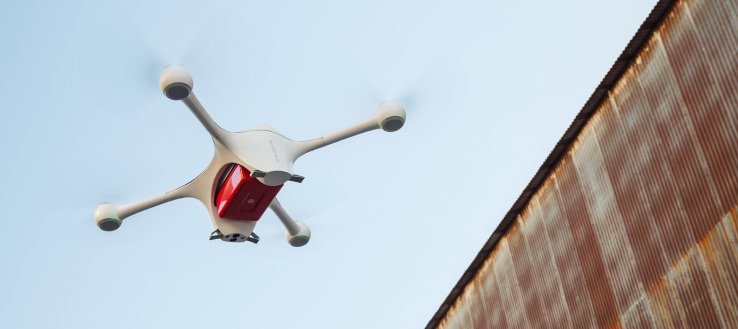

There’s always been talk about how drones could improve the emissions situation produced by our truck-based delivery infrastructure. But you have to look into these things. A new study from University of Washington researchers indicates that drone delivery may indeed lead to a lower carbon footprint — if it’s done properly.
“I was amazed at how energy-efficient drones are in some contexts,” said Anne Goodchild, who led the research, in a UW news release. “Trucks compete better on heavier loads, but for really light packages, drones are awesome.”
Her study examined the theoretical energy costs of a number of delivery scenarios in the Los Angeles area. Drones, as they are today, can only carry one item at a time, but they can fly over traffic in efficient straight lines. When was this style more efficient than a truck with dozens or hundreds of packages?
According to the researchers’ analysis, drones are more efficient for pretty much anything up to a mile away, and depending on the number of stops, considerably farther. Scenarios with lots of stops in one place, like a major office building, don’t make much sense for drones — but going a mile out of your way to deliver to a farmhouse is equally nonsensical for a heavy truck.
“You’re probably not going to see these in downtown Seattle anytime soon,” Goodchild said. “But maybe in a rural community with roads that are slow and hard for trucks to navigate and no air space or noise concerns.”
There’s much more to the question than simply which is more efficient, of course: How clean is the power used to recharge the drones? How reliable are these estimates? Is backyard delivery really what’s needed? What about electric trucks?
Good questions all! And studies addressing them will surely be conducted over the years to come. Meanwhile, this one will appear in an upcoming issue of the journal Transportation Research.
Featured Image: Matternet Inc.

